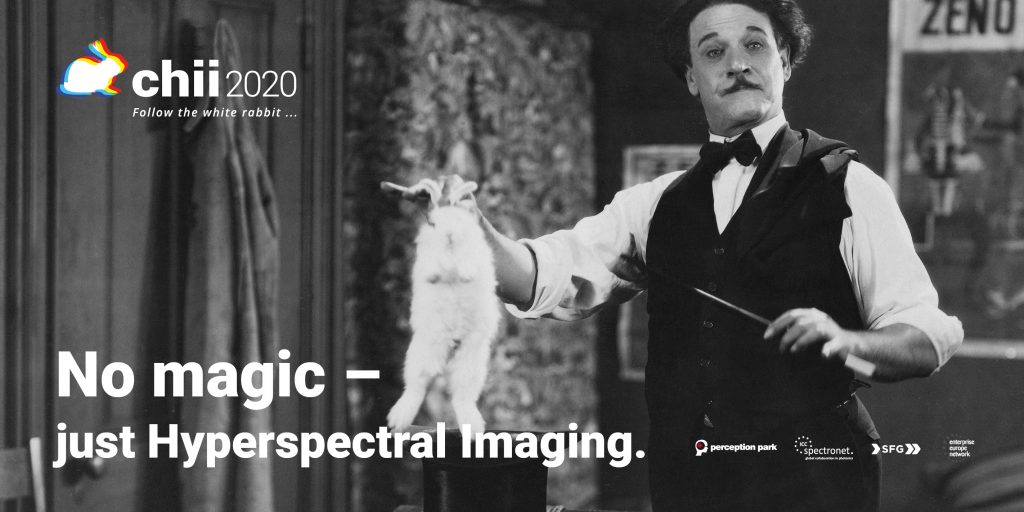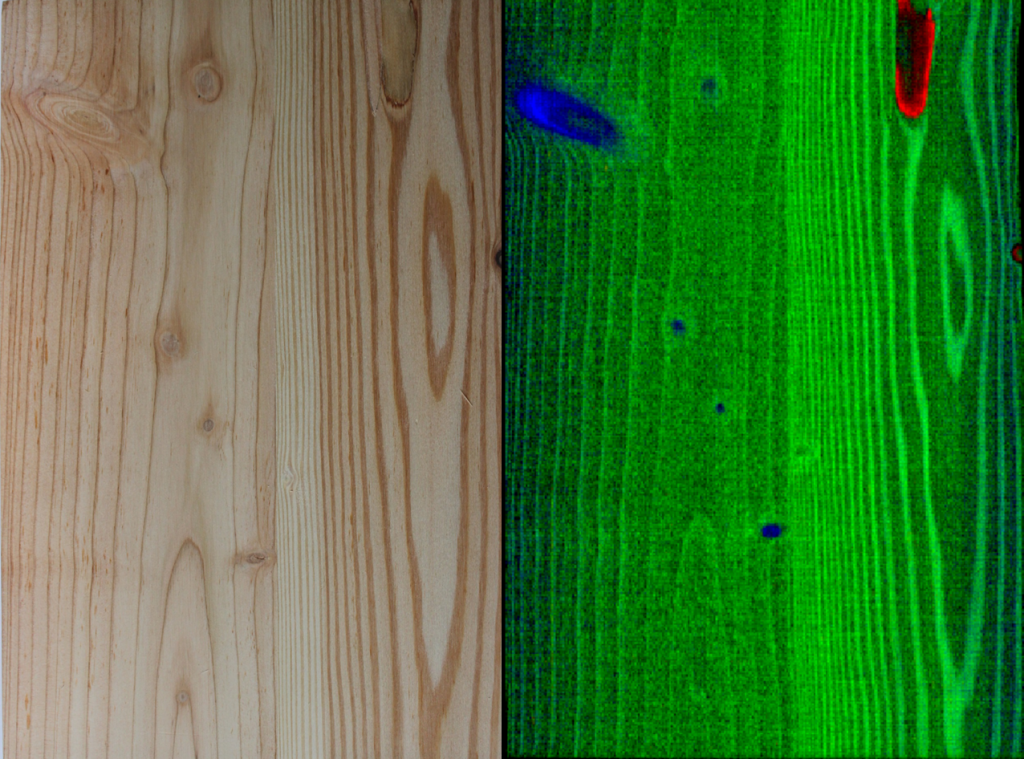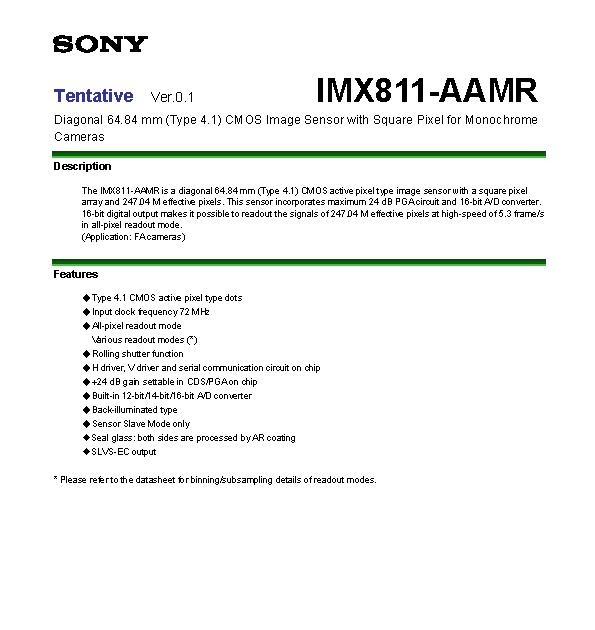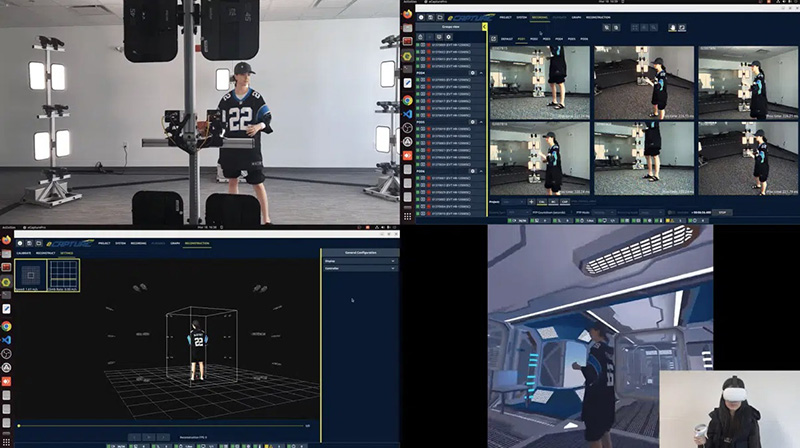
Conventional image processing systems have become established in automation in industrial applications in recent years. Machines that can „see“ can do more than systems without image processing, and this knowledge has now become established among developers and designers. While conventional 2D and 3D vision systems check the quality of objects by recognizing certain error features on the surface, hyperspectral imaging (HSI) goes one step further: With the help of this technology, spectroscopic analysis of objects can be carried out in order to determine organic or inorganic impurities – not only on the surface, but also partly inside the inspected materials. Hyperspectral imaging systems usually utilize 100 or more different wavelengths and a spectrograph that splits the light reflected from the object into its spectrum and reproduce it on the camera sensor. An HSI system assembles the resulting images into a three-dimensional hyperspectral data cube that can contain very large amounts of data. The result is a “chemical fingerprint” of the object under consideration, which enables the analyzed material properties to be determined precisely. With the help of special evaluation software, each identified chemical component can then be flagged with its own color in the images taken in order to visualize the exisiting substances in a simple way for the user. This technology is called Chemical Color Imaging (CCI).
Diverse applications
“Hyperspectral imaging can be used in a wide variety of industrial application areas and in certain cases offers solutions for tasks where conventional image processing systems fail,” explains Markus Burgstaller, Managing Director of the Graz-based company Perception Park that specialized in that innovative technology a few years ago. As an example for an application, Burgstaller mentions the classification of substances that have no visual differences, but are not chemically identical: “Plastics of various compositions can look very similar and can therefore hardly be classified by conventional image processing. On the other hand, HSI systems are able to analyze chemical properties and therefore recognize materials very reliably. With this technology, the concentration and distribution of ingredients can largely be recorded in real time.” A special feature of hyperspectral imaging systems makes them particularly attractive for certain applications: Some substances are not transparent to visible light, but can be penetrated by infrared light. This gives the possiblity to check the chemical composition of packaged content even through a suitably designed packaging. According to Burgstaller, applications in which this property comes into play are found primarily in the pharmaceutical and food industries, but also in numerous other industrial segments.

Fault detection in the pharmaceutical industry
As in many other areas, production speeds in the pharmaceutical industry are increasing rapidly worldwide. In order to reduce the risk of product recalls and to protect consumers from contaminated drugs, particularly strict safety regulations apply in this industry. Image processing systems have therefore been state of the art in the manufacturing processes of pharmaceutical products for some time in order to evaluate products in real time according to criteria such as shape, size or weight. However, the use of hyperspectral imaging and CCI systems can further optimize the monitoring of pharmaceutical production processes: Pharmaceuticals can be 100% examined for their molecular properties. A typical application of HSI systems in the pharmaceutical industry is the checking of retard tablets for correct coating. This form of medication releases the active ingredient after its administration over a longer period of time or to a specific target in the body. The sustained release coating of the tablet is decisive for this controlled release of the active ingredient: if it is damaged or missing completely, the medication gets into the body faster than desired and fails to deliver its long-term effect. With a combination of HSI and CCI technology, the quality of retard based medication can be reliably controlled, explains Markus Burgstaller: “With a hyperspectral camera working in the NIR area and the use of chemical color imaging technology with our software suite Perception STUDIO we were able to clearly demonstrate that previously artificially generated coating defects can be recognized with 100 % certainty and also in real time in high-speed production. ”This quality check is possible even through blister packs, provided the blister material is not made of aluminum, which would reflect the NIR radiation. According to Burgstaller, testing retard coatings is just one of many possible use cases for HSI technology in the pharmaceutical industry. It can also be used to reliably check whether the correct number of tablets are packed in blisters, whether they are undamaged and free from any contamination, whether the correct ingredients are contained in drug capsules or whether they are completely sealed. “Hyperspectral imaging offers numerous application options in the pharmaceutical sector and thus increases safety for patients and manufacturers.”
More security in food production
Similar guidelines as in the pharmaceutical industry apply in the production of food: In order to exclude health risks to consumers, no contamination must remain undetected in the products. The food must also contain exactly the ingredients that the manufacturer wants to and that are defined in the product descriptions for the consumer. HSI and CCI also offer numerous application options for this industry. These techniques make it easier to find any contamination in food and identify unwanted objects such as stones or earth when sorting potatoes, carrots or other vegetables, as well as shell parts or other substances in the production of nuts, even in high-speed production lines. If food is stored for too long, maggots can also nest or fresh fruit can start to rot, according to Burgstaller: “In food production, the task very often not only means to detect any contamination, but also to identify rotten, immature or pest or mold infected goods. These and many other quality defects can be safely ruled out by the use of hyperspectral imaging systems.” Industrially manufactured food such as sausage and cheese are usually offered for sale in a shrink-wrap form. Similar to the pharmaceutical industry, HSI systems also allow quality checks through the packaging in many cases. A special task here is the inspection of heat-sealed joints, which are supposed to guarantee absolutely tight packaging of the food. Even the smallest contamination or damage to these sealed joints can lead to leaky packaging and spoilage of the goods before the calculated best before date. Unsellable products or expensive product recalls would then be possible consequences for manufacturers in this area, which can be avoided in many cases by using hyperspectral imaging.

HSI in wood processing
In recent decades, woodworking technologies have made extraordinary strides. There are also many options in this field of application to check the quality of products such as sawn timber, wood-based materials, wood chips and paper and paper products with HSI systems. Even features that are invisible to humans and possible defects can be reliably detected. The detection of defects such as resin pockets or knotholes is a common task in this industry, which can be reliably solved with the help of a hyperspectral system in combination with a near-infrared hyperspectral camera. Resin in wood can be identified reliably even if it is covered by a thin layer of wood. Even adhesives that are often used in the production process to compensate for small holes with fillers can be easily recognized by using chemical color imaging – a task that conventional image processing cameras often fail because the adhesive is usually transparent. Another important characteristic of wood is its moisture. With HSI analyzes, damp spots in the wood can be clearly identified and displayed as a CCI image. It is even possible to calibrate a perception system to measure the fraction of water. By adapting a hyperspectral camera to such a calibrated perception system, Chemical Color Imaging transforms the camera system into an easy-to-understand “moisture camera” for wood and can be implemented into any image processing system. “For high-quality wood products, the reliable detection of such defects is an imperative,” emphasizes Burgstaller. “HSI systems offer a powerful tool for this industry to avoid undesirable quality defects in time.”
HSI systems for plastics sorting
Even at the end of their lifespan, plastics are still too valuable to simply throw them away. If the full potential of the currently deposited plastic waste were used in an environmentally friendly way applying the best recycling and energy recovery methods and technologies, many millions of tons of plastic could be recycled. This would also make it possible to generate large amounts of heat and electricity. Appropriate measures are required for such improvements in order to stop the disposal of plastics and to set up recovery-oriented collection systems. These must be reconciled with modern sorting infrastructure and improved recycling and recovery processes in order to exploit the full potential of this valuable resource. Recycled plastics can be reused in many everyday products, e.g. in clothing, in vehicle parts, in packaging products and for many other purposes. However, too little plastic is currently being recycled, although innovative technology such as Perception Park’s Perception STUDIO would offer the needed potential. “A distinction e.g. between polypropylene and polyethylene or other materials that look very similar at first glance, hyperspectral imaging makes it easy to do so. With our Perception STUDIO, appropriate systems can be developed even by people who have little or no experience with the subject of spectroscopy. The technical possibilities for a significant expansion of the recycling quotas for plastics are therefore already available and for environmental reasons should be used substantially“, Burgstaller expresses his hopes for the future.












